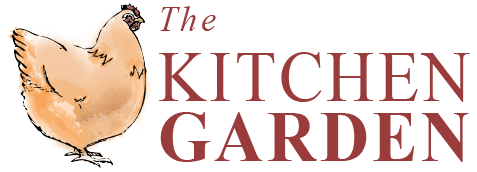March is charted by the bursting of buds. From the earliest flowering cherries to the last fruitful trees to blossom, the garden is a kaleidoscope of fluffy shades of white and pink, fit for a Disney princess. First to flower in my garden is the winter flowering cherry plum Prunus cerasifera with reddish leafbuds and palest pink blossom, beaten in the wild by the white wild bird cherry – P. avium.
None of the above needs special treatment, but I’m keeping an eagle eye on my apricot, watching to see how many bees are awake, and out and about in the pale spring sunshine. Bumble bees in their furry overcoats are usually the first to pollinate, so if they’re still hibernating from the bad weather, I’ll be out with my tiny artist’s paintbrush, transferring pollen from flower to flower so I’ll get lots of delicious apricots in summer.
In colder areas, it’s worth keeping an eye on weather forecasts too, so you’re ready to cover fragile blossom at night if there’s a nip in the air. Take the fleece off in the morning though so insects can do their job. Now’s a good time to make sure you have plenty of other early flowering plants around to attract your pollinators. Hellebores, pulmonaria, rosemary, bugle, crocus, and all the pussy willows look gorgeous and will tempt them into your garden.
Whatever you’re growing, think of the insects: the bees, moths, butterflies, caterpillars, hoverflies and beetles that eat pollen and nectar and will turn our garden into productive havens. Offer them year-round food, shelter and habitat, and somewhere they can safely drink.
Next to perform, hugging tight against my east-facing hedge are a trio of Japanese quinces (Chaenomeles) with big cup shaped pure white or terracotta flowers, turning later into large yellow fruits that are just as good for jelly as the glorious felty leaved standard quinces – Cydonia. My tree is just about to burst into leaf with big furry leaf buds and art deco flower buds that’ll open into saucer shaped palest blush flowers.
The apples, crabs and pears are still dormant, and I bring in any pruned branches so they can burst open on the kitchen table, but cherries shouldn’t be cut during winter or you’ll encourage disease in the cuts, You can snip away a few stems as the leaves start to open, but leave the rest till June. The plums, damsons and greengages will burst their buds in April, but some of my semi-wild damsons have become biennial croppers, having a rest between heavy fruiting years.





